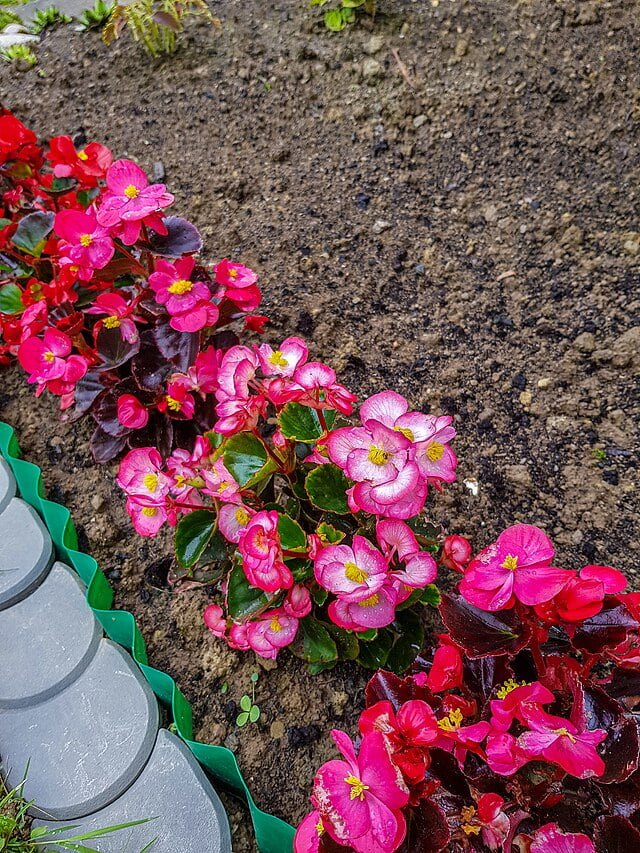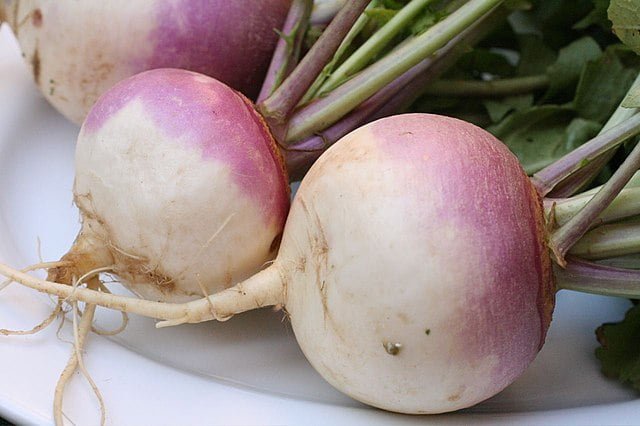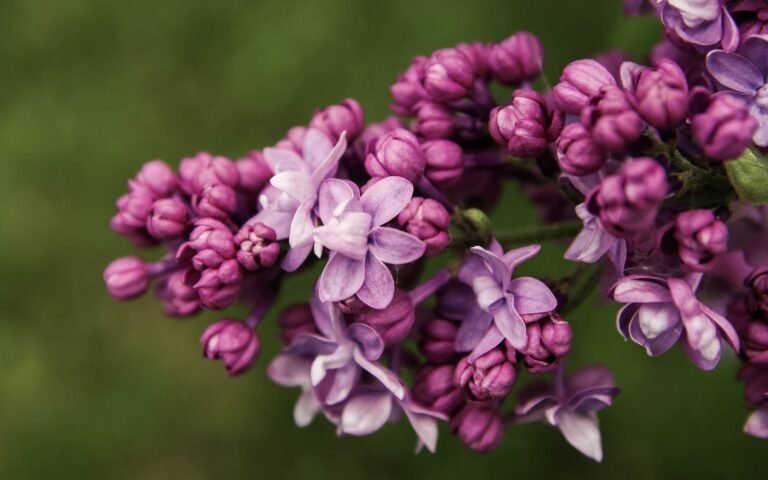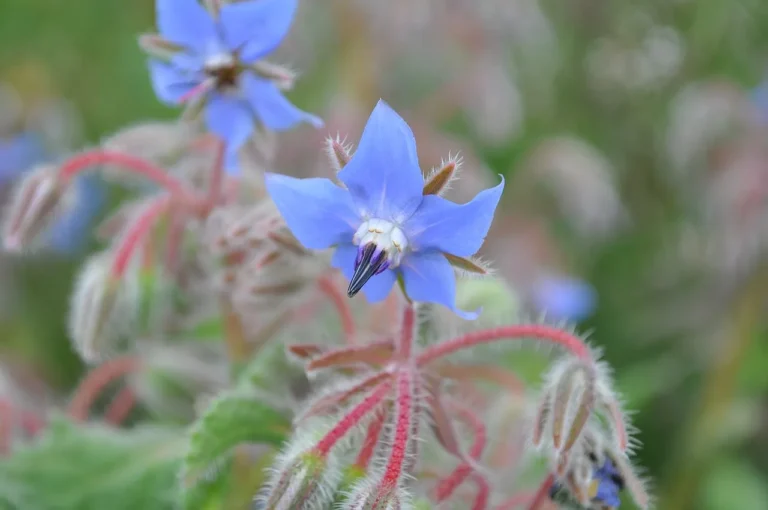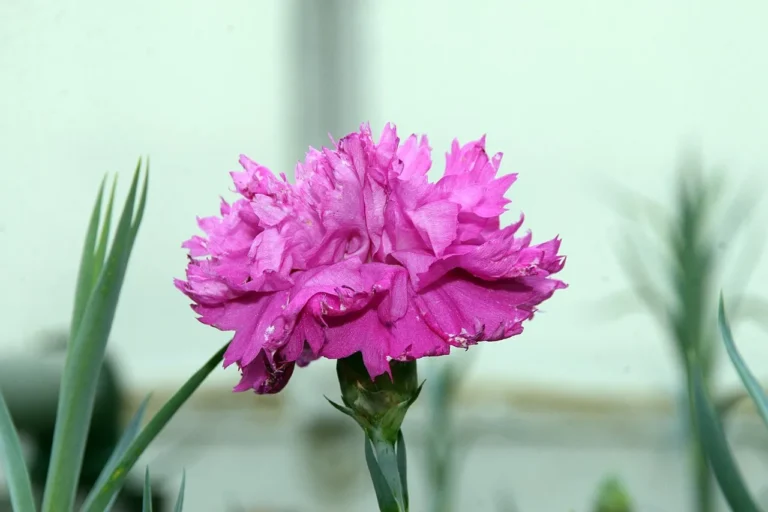Mastering the Art of Growing Chervil: A Gardener’s Guide
Chervil (Anthriscus cerefolium), often referred to as French parsley, is a distinguished herb in the culinary world, particularly valued in French cuisine for its subtle flavour reminiscent of anise. Its delicate, lace-like leaves not only add elegance to the garden but also bring a fresh, refined taste to salads, soups, and sauces. Growing chervil can be a straightforward and rewarding endeavour, whether you’re a seasoned gardener or a culinary enthusiast eager to explore new flavours. This comprehensive guide provides everything you need to know about cultivating, caring for, and harvesting chervil.
What is Chervil?
Chervil is a cool-season annual herb that thrives in the spring and fall. It grows to about 12 to 24 inches tall, producing small, white flowers and fern-like leaves that are both beautiful and edible. Chervil’s subtle flavour is best enjoyed fresh, making it a wonderful addition to a kitchen garden.
How to Grow Chervil
Planting Chervil
- Choosing a Site: Select a spot with partial shade to protect chervil from the hot afternoon sun, especially in warmer climates. Chervil grows well in containers, making it a great option for balcony gardens.
- Soil Preparation: Chervil prefers well-drained, moist soil with a neutral pH. Enrich the planting area with compost or well-rotted manure to nourish the plants.
- Sowing Seeds: Since chervil has a taproot and does not transplant well, sow seeds directly in the garden. Plant seeds 1/4 inch deep and cover lightly with soil. Water gently and keep the soil moist until germination, which typically occurs within 7-14 days.
Caring for Chervil Plants
- Watering: Keep the soil consistently moist but not waterlogged. Mulching around the plants can help retain soil moisture and suppress weeds.
- Feeding: Chervil has modest nutrient needs. An application of a balanced, liquid organic fertilizer midway through the growing season can support healthy growth.
- Thinning: If seedlings are crowded, thin them to about 8 inches apart to allow enough room for growth.
Harvesting Chervil
- When to Harvest: Begin harvesting chervil leaves when the plants are well established and have reached at least a few inches in height. For the best flavour, pick leaves in the morning when their aromatic oils are strongest.
- How to Harvest: Snip off the outer leaves near the base of the plant with scissors, leaving the inner leaves to continue growing. Regular harvesting encourages the plant to produce new foliage.
Culinary Uses of Chervil
Chervil’s delicate flavour is a classic component of French cuisine, particularly the blend known as fines herbes. It’s best used fresh, as cooking can diminish its flavour. Add chervil to dishes at the end of cooking time or use it raw in salads, egg dishes, and to garnish soups and sauces. Its subtle anise-like flavour pairs wonderfully with fish, poultry, and spring vegetables.
In Conclusion
Growing chervil adds a touch of sophistication to both your garden and your cooking. Its graceful appearance and refined taste make it a herb garden essential, particularly for those who appreciate the nuances of gourmet cooking. By following the tips outlined in this guide, you’ll be well on your way to enjoying the fresh, aromatic delight of homegrown chervil in your culinary creations.


